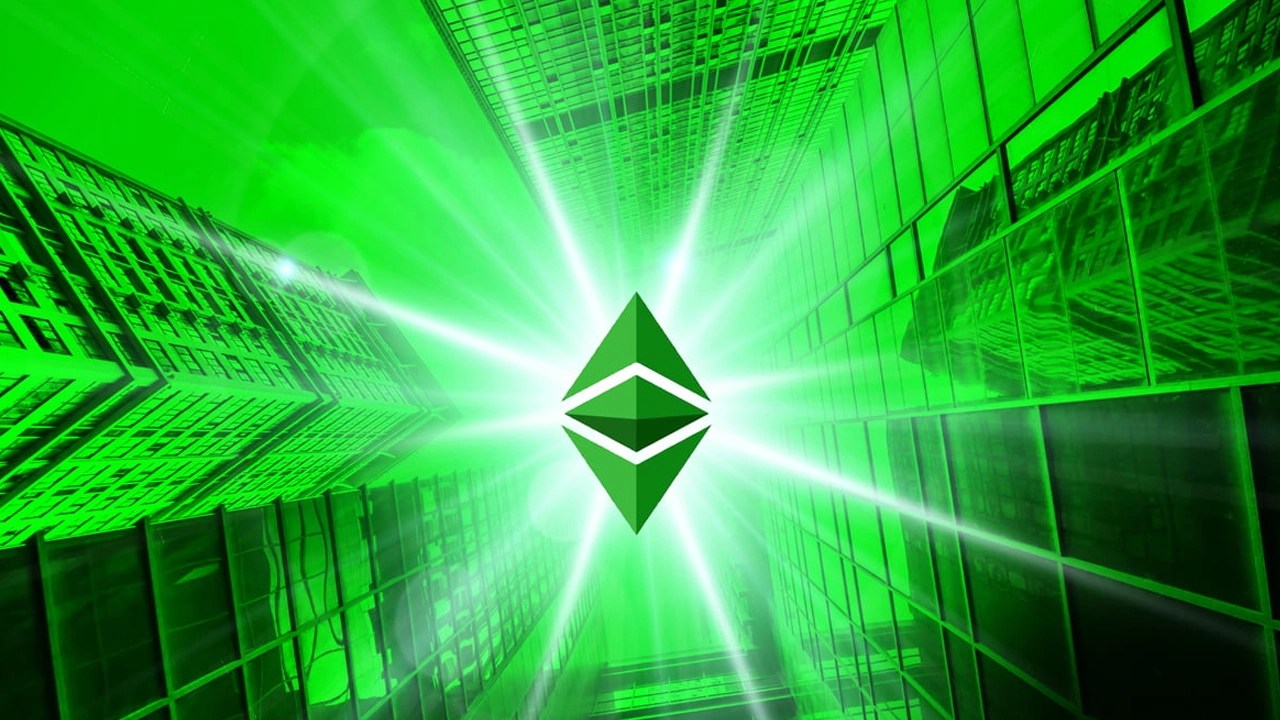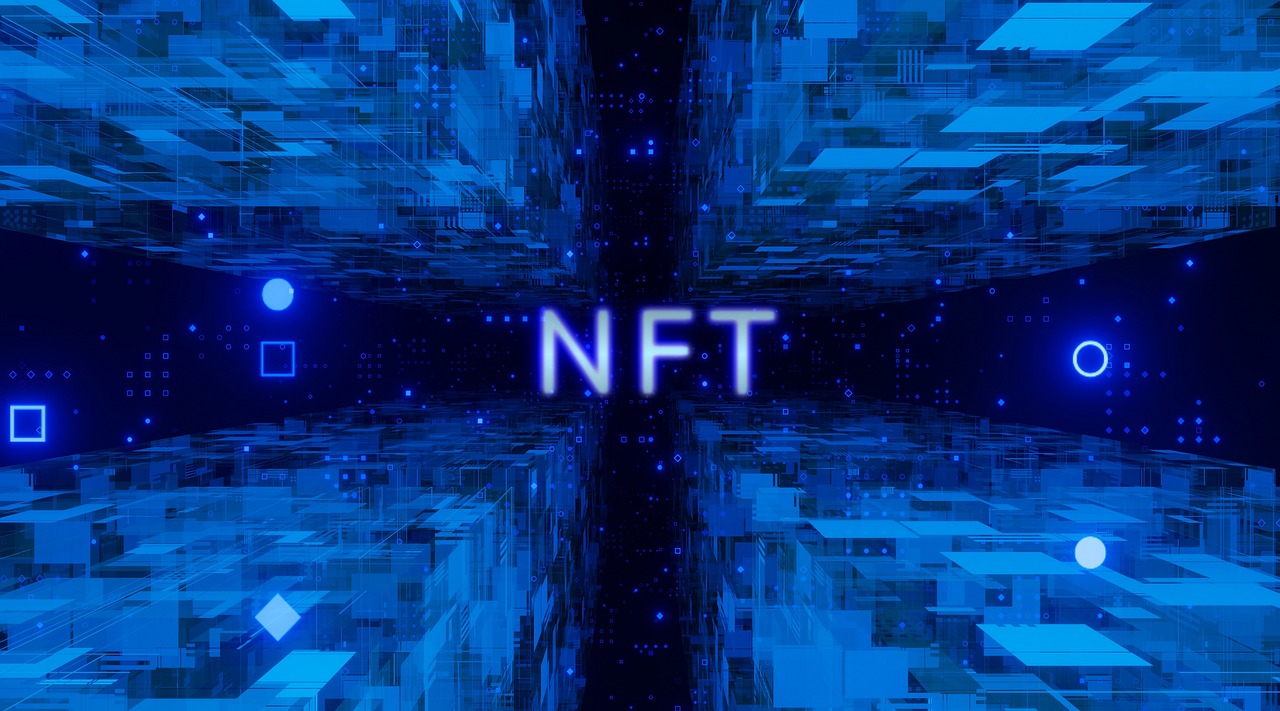Cryptocurrencies and Non-Fungible Tokens (NFTs) have become increasingly popular in recent years, with the market capitalization of the entire crypto industry reaching over $2 trillion. However, the growth of cryptocurrencies and NFTs has been limited by scalability issues. The current infrastructure of most blockchain networks cannot handle large numbers of transactions without high fees and long processing times. To solve these issues, Layer 2 solutions have emerged as a promising way to scale cryptocurrencies and NFTs.
What are Layer 2 Solutions?
Layer 2 solutions are protocols built on top of existing blockchain networks that allow for faster and cheaper transactions. These protocols create an additional layer of infrastructure that can handle transactions off-chain, without requiring direct interaction with the underlying blockchain network. Layer 2 solutions aim to increase the transaction throughput of blockchain networks while reducing the associated costs and processing times.
Types of Layer 2 Solutions
There are various types of Layer 2 solutions, each with its unique approach to scaling blockchain networks. Some of the most popular Layer 2 solutions are:
- State Channels State channels are a Layer 2 solution that enables users to transact with each other off-chain, without requiring direct interaction with the underlying blockchain network. This solution reduces the number of transactions that need to be processed on the blockchain, resulting in faster and cheaper transactions.
- Plasma Plasma is a Layer 2 scaling solution that creates a secondary blockchain network that is connected to the main blockchain network. The secondary network can handle a large number of transactions, allowing for faster and cheaper transactions, while the main blockchain network serves as the final arbiter for transactions on the secondary network.
- Sidechains Sidechains are independent blockchain networks that are connected to the main blockchain network. Transactions on the sidechain can be settled without requiring direct interaction with the main blockchain network. This solution allows for faster and cheaper transactions while maintaining the security of the main blockchain network.
Benefits of Layer 2 Solutions
Layer 2 solutions offer several benefits over traditional blockchain networks, including:
- Faster and cheaper transactions Layer 2 solutions can process a large number of transactions off-chain, resulting in faster and cheaper transactions.
- Improved scalability Layer 2 solutions can handle a large number of transactions, improving the scalability of blockchain networks.
- Reduced fees Layer 2 solutions can reduce transaction fees by processing transactions off-chain, resulting in lower fees for users.
- Increased security Layer 2 solutions can maintain the security of the underlying blockchain network while processing transactions off-chain.
Applications of Layer 2 Solutions
Layer 2 solutions have various applications in the crypto industry, including:
- Decentralized Finance (DeFi) Decentralized Finance (DeFi) platforms are built on blockchain networks and enable users to transact with each other without intermediaries. Layer 2 solutions can help scale DeFi platforms by processing a large number of transactions off-chain.
- Non-Fungible Tokens (NFTs) NFTs are unique digital assets that are stored on blockchain networks. Layer 2 solutions can help scale NFT marketplaces by processing a large number of transactions off-chain, resulting in faster and cheaper transactions.
- Gaming Gaming platforms that use blockchain networks can benefit from Layer 2 solutions by processing a large number of transactions off-chain, resulting in faster and cheaper in-game transactions.
Challenges of Layer 2 Solutions
Although Layer 2 solutions offer several benefits, they also pose some challenges, including:
- Interoperability Different Layer 2 solutions may not be interoperable, making it difficult for users to transact with each other across different Layer 2 solutions.
- Centralization Some Layer 2 solutions may introduce centralization concerns since the transactions are processed off-chain. This may lead to a concentration of power in the hands of a few entities that control the off-chain infrastructure.
- User Experience Layer 2 solutions may require users to interact with additional protocols, leading to a potentially confusing user experience.
Conclusion
Layer 2 solutions offer a promising way to scale cryptocurrencies and NFTs while maintaining the security of the underlying blockchain network. These solutions can enable faster and cheaper transactions, improve scalability, and reduce transaction fees. However, there are also challenges associated with Layer 2 solutions, including interoperability, centralization, and user experience. As the crypto industry continues to grow, it is likely that Layer 2 solutions will play an increasingly important role in scaling blockchain networks and enabling new use cases for cryptocurrencies and NFTs.



